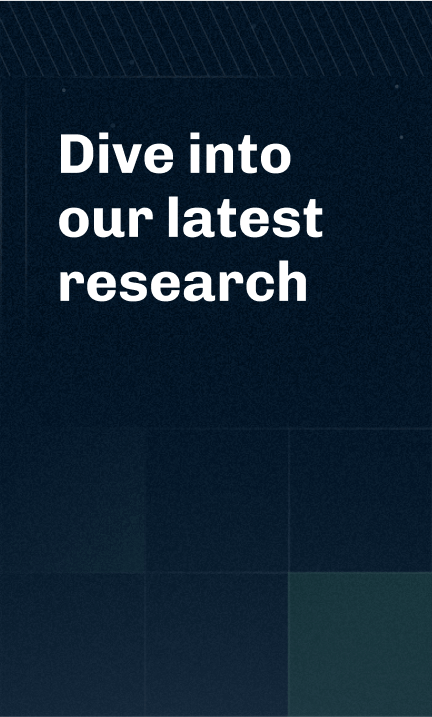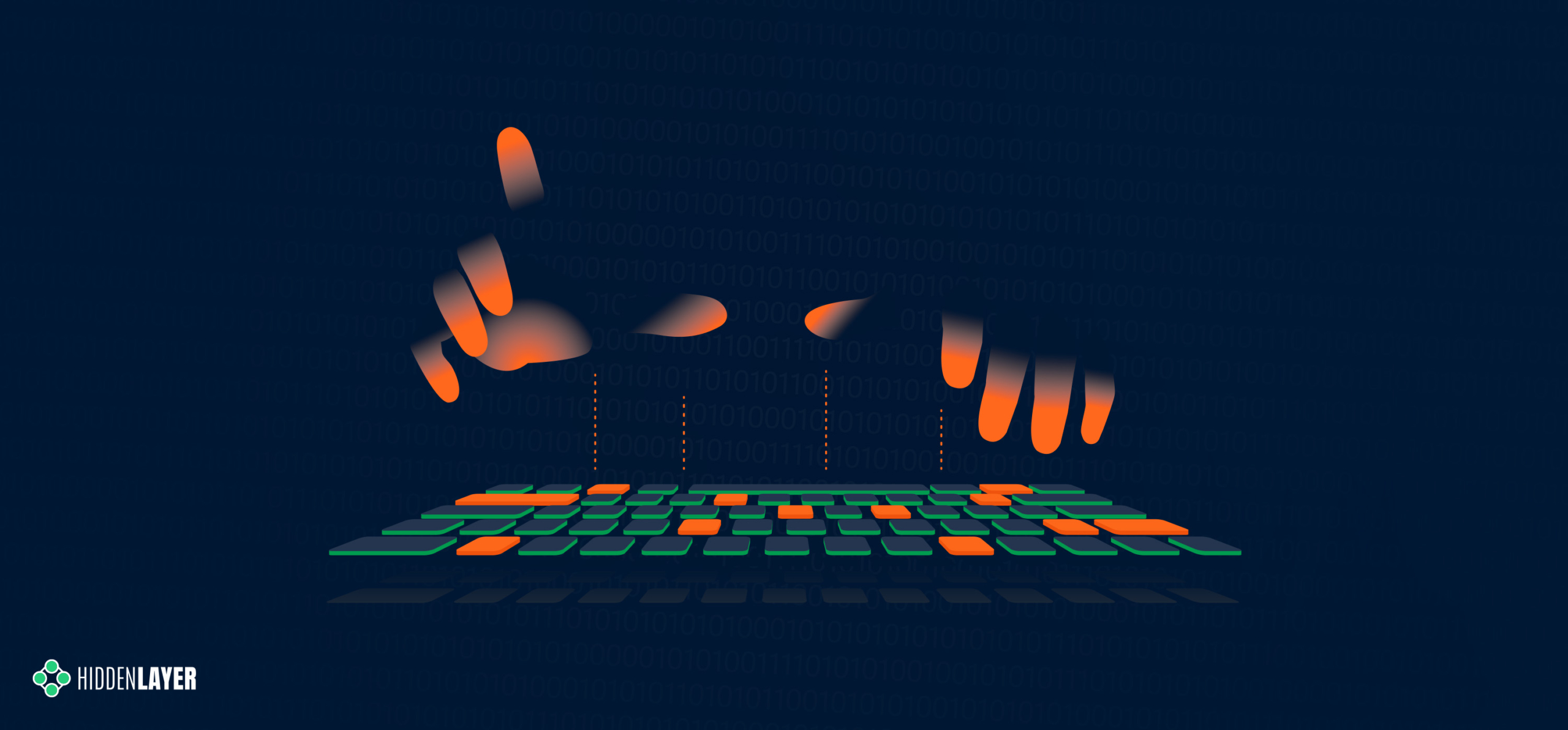HiddenLayer Unveils AISec Platform 2.0 to Deliver Unmatched Context, Visibility, and Observability for Enterprise AI Security
Austin, TX – April 22, 2025 – HiddenLayer, the leading provider of security for AI models and assets, today announced the release of AISec Platform 2.0, the platform with the most context, intelligence, and data for securing AI systems across the entire development and deployment lifecycle. Unveiled ahead of the RSAC Conference 2025, this upgrade […]




